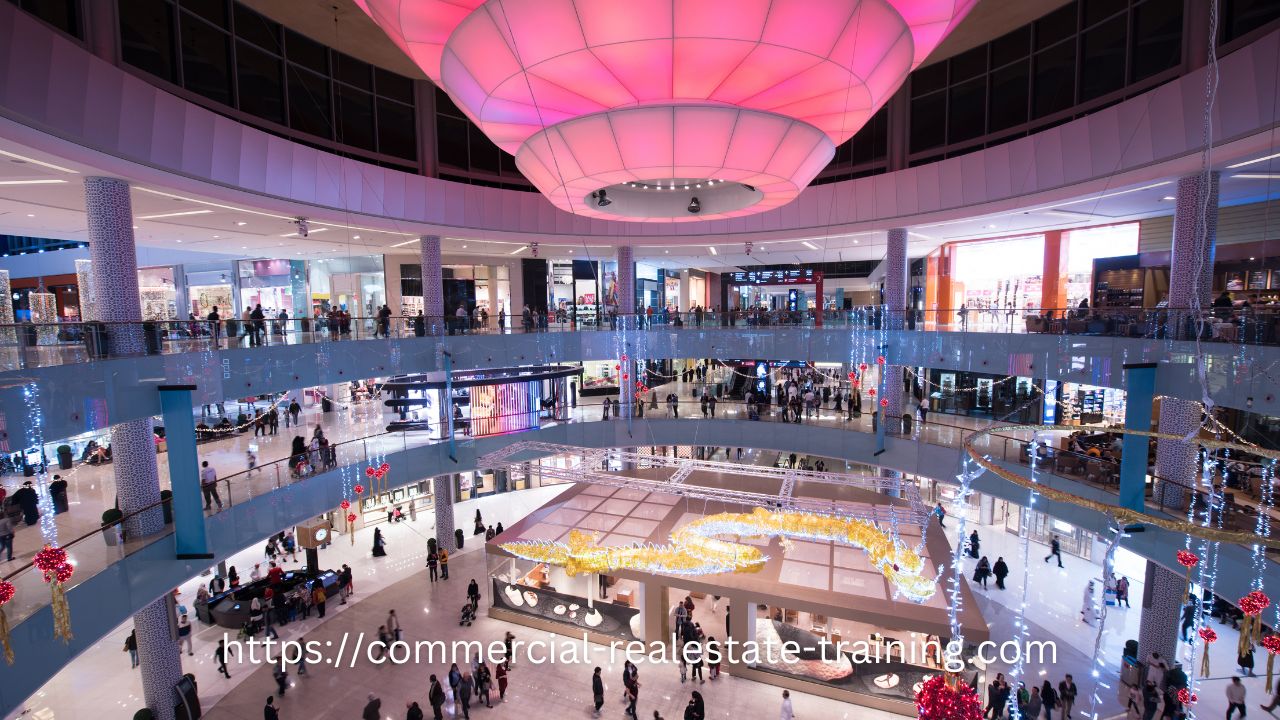Shopping Center Management – The Top 14 Rules to Lift Shopping Center Performance
Today most shopping centres should have a business plan and marketing strategy to keep them on track financially and physically. That then is all part of a property performance plan that would include factors of income, expenditure, tenant control, lease documentation, maintenance and marketing.
To build customer and sales opportunities for the tenants in any shopping centre create a strong bond between landlord marketing activities and tenant occupation. Promote and operate the property to the fullest of its potential given the layout of improvements, the local community, and customer interaction.
Retail Property Performance Planning
Every retail shopping centre should have a performance plan taking into account the critical issues of property operations, tenant mix, marketing, and sales. Here are some of the important factors to merge into that plan:
- Tenant Mix – The placement of tenants throughout the property will have a dramatic effect on customer interest, sales, and the duration of the customer stay. The tenant mix can be improved through implementing a clustering plan where complementary specialised retail tenants are placed near to each other and adjacent to the appropriate anchor tenants. On that basis every good Retail Property should have an established and active tenant mix strategy.
- Common areas – Every shopping centre should be designed to encourage common area usage and extend the stay of the customer in the property. Common areas can be improved through the use of community booths, entertainment, seating arrangements, and thoroughfares. The ‘friendliness’ of the shopping centre will encourage return visits by customers; ensure that your property is ‘customer convenient’ in all respects.
- Anchor Tenants – Some anchor tenants will be real ‘draw cards’ when it comes to customer interest. Help your anchor tenants integrate into the local shopping community. Merge the marketing efforts of the anchor tenant into the shopping centre marketing campaign.
- Specialty Tenants – Whilst you may have plenty of specialty tenants in your shopping mall or centre, those tenants should be ‘clustered’ so that they integrate into the other tenants around them thereby encouraging sales. Complementary tenants will boost the sales of other tenants in the same location, and the clustering process will help you achieve the best retail result. Your clusters of tenants should be well planned for using the typical retail ‘drawcards’ such as fashion, food, entertainment, convenience, and services. Help your customers to find and purchase the goods and services that they require. Also help them to find the complimentary products and services surrounding their original purchase.
- Retail sales – Somehow you will have to track and know what levels of sales are occurring in your retail property; that information should be categorised within the groups of tenants based on the retail merchandising category. Generally you can get that information from specialty tenants if the provision to do so is merged into their lease. The terms and conditions of the standard lease for the property should therefore include a strategy of gathering retail sales information and customer visit numbers from the shops. When you have all of the numbers, you can understand when some tenants are more successful than others. That can help you then when it comes to tuning the tenant mix and moving tenants around.
- Increasing Customer Visits – Some days of the week and some seasons of the year will indicate the better times for attracting people to your retail property. You can and should track the customer visits to your property by placing door counters on the entrances and you can also encourage your tenants to do the same. By graphing the visits of customers to your property you will soon have some valuable retail sales information to track and compare to retail sales figures.
- Website access and information – Many customers today will visit the website for the shopping centre before they visit the property. The website needs to be customer friendly and regularly updated with promotional and tenant information. Every tenant within the property should receive direct promotional space as a separate web page within the website so that they can build their retailing identity. If the website is correctly designed including the comprehensive integration of tenant information, the search engines will see the website as relevant and useful; that then lifts the shopping centre rankings on the search engines. Website marketing should be an important part of the marketing process for the shopping centre.
- Marketing strategy – Build your Retail Marketing plan for the shopping centre based on and around the local community, the tenant mix, and the seasonal sales activities. Understand the shopping patterns of customers throughout the year and recognise the types of tenants that they are looking for. Devote special marketing efforts to the seasonal holidays and established shopping patterns. Build a marketing plan or a campaign for the property with due regard for historic sales and customer visit numbers.
- Market Rental – The rental within the property may be uniquely established from the leases occurring within the tenancy mix; there will be differences in market rental when you consider the tenancy types and locations. Market rentals numbers can then be compared to similar large retail properties in the region. When you look across the tenancy mix and through any shopping centre, you will find pockets of priority and premium when it comes to establishing market rental and setting the benchmarks for future leasing activity. Understand the rental differences that will apply when it comes to high traffic areas, tenancy types, and customer thoroughfares. Smaller tenancies will also create a premium when it comes to levels of market rental. Set your market rentals for both gross and net lease negotiations; understand the outgoings recoveries that should apply to the typical tenancy lease.
- Outgoings Recovery – Your retail property will have a level of outgoings to be recovered across the tenancy mix, and the mechanism to do that will be through the leases. The outgoings in your retail property should be comparable to other properties of similar type in the same town or city. In maintaining a level of outgoings in this way, the vacancies that occur in your property will remain attractive to the overall tenant leasing market and create a reasonable amount of leasing enquiry. Make sure that your outgoings recovery numbers are market favourable within the occupancy cost averages for the property type and the location.
- Tenant Retention Planning – Some tenants in the property will be more desirable than others when it comes to the long term future of the tenancy mix and leasing planning. As part of the business plan for the property, separate your tenants into separate groups so that the important tenants are prioritised when it comes to lease renewal and rental negotiation. Any upcoming vacancies in the tenancy mix should be negotiated early to remove the threat of vacancy.
- Property Budgeting – A good property budget will help you when it comes to improving the net income and the market rental for the property. The property budget will be part of the business plan and segments of the budget will specifically deal with important categories such as the increases in tenant rental at the times of rent review, the expenditure in the property given known factors of physical property operations, and outgoings activities in various categories.
- Marketing – Every high quality retail property and shopping centre should have a specific marketing plan for the coming 12 months. That marketing plan will take into account seasonal sales activities and seasonal holidays impacting customer interest and customer visits. The marketing process within the shopping centre can be driven from the lease document and appropriate tenant contributions.
- Property Maintenance – Maintaining a retail property and any shopping centre should be staged to a budget and a programme of planned maintenance activities. Given the tenants and customers will use the property intensively throughout the year, maintenance will need to occur in ways that will allow ongoing occupancy and customer convenience. In the larger shopping centres, property maintenance activities will usually occur out of hours.
So there are some important issues here to merge into the retail shopping centre planning process. All of these elements can and should be incorporated into the business plan for the property. Over time all of these issues can be shaped and fine-tuned with due regard to property performance, retail shopping trends, and the variations of customer involvement.







